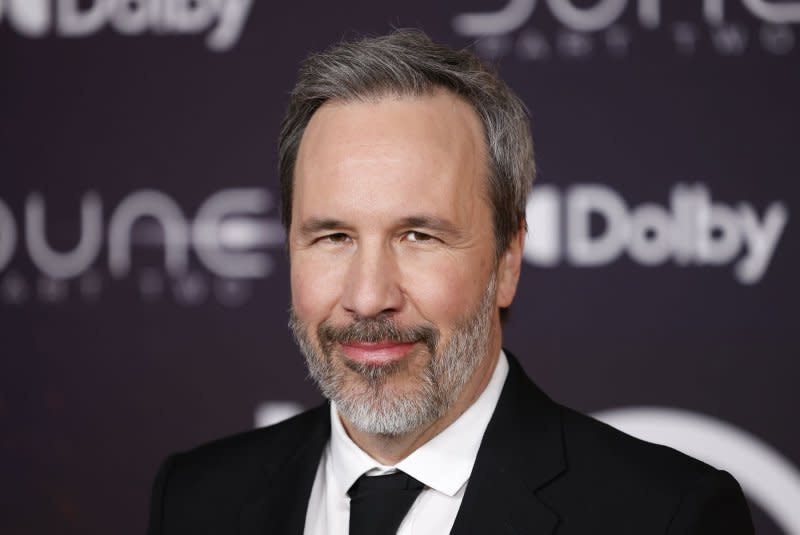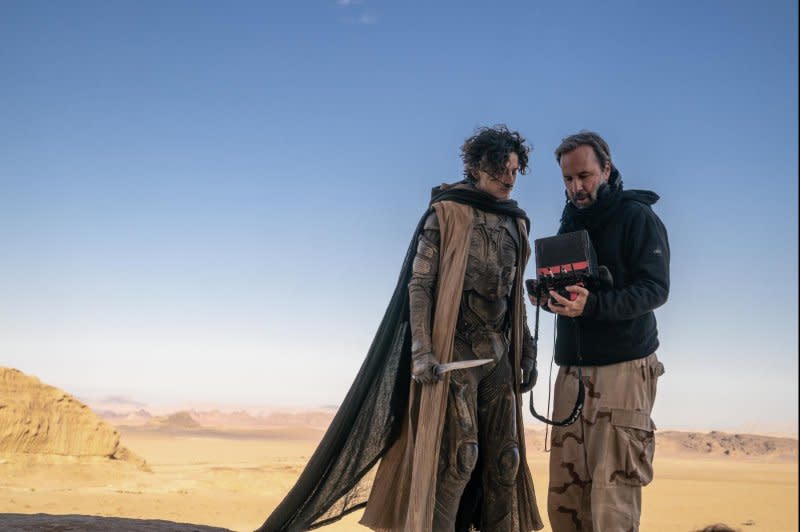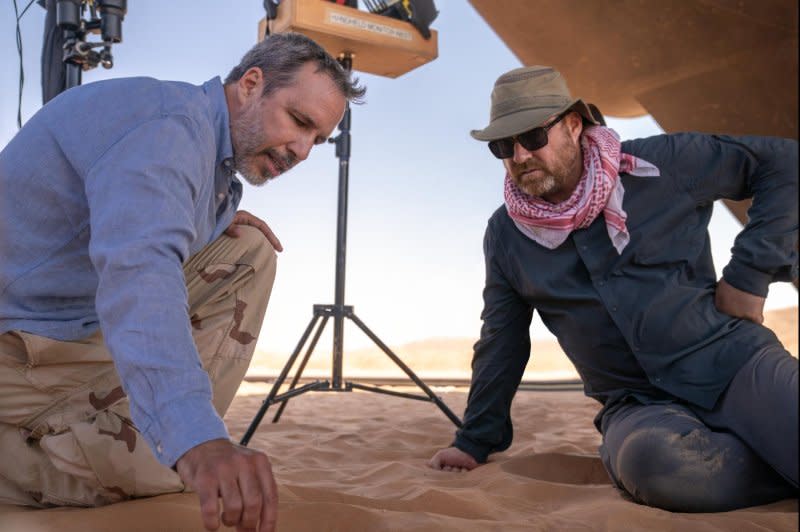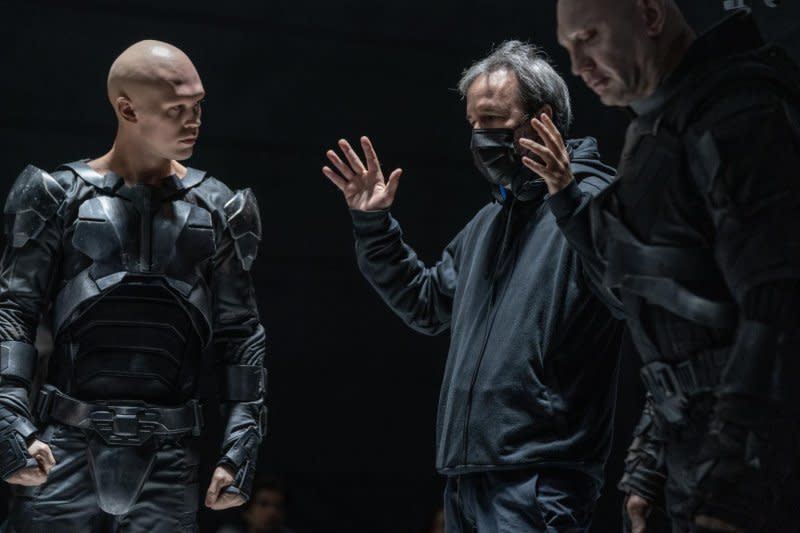Denis Villeneuve: 'Dune' sequel 'more muscular' than first

- Oops!Something went wrong.Please try again later.
- Oops!Something went wrong.Please try again later.
- Oops!Something went wrong.Please try again later.
LOS ANGELES, Feb. 29 (UPI) -- Director Denis Villeneuve adapted Frank Herbert's novel, Dune, in two films. Though Dune: Part Two, in theaters Friday, encompasses the second half of the book, Villeneuve said it has a different tone than Part One, released in 2021.
"It's a war movie and I knew that there would be a different rhythm to the film," Villeneuve, 56, said in a recent Zoom press conference. "The film would be more muscular."
In Part One, Paul Atreides (Timothée Chalamet) and his mother, Lady Jessica (Rebecca Ferguson), were stranded on Planet Arrakis after the assassination of Leto Atreides (Oscar Isaac) by Baron Harkonnen (Stellan Skarsgard).
At the end of the film, Paul and Jessica connected with the Fremen, the local population of Arrakis. In Part Two, the Harkonnen empire continues to try to overtake Arrakis and mine it for the spice melange.
Most of the action of Dune: Part Two takes place in the desert of Arrakis, as Paul helps the Fremen resist Harkonnen invaders. Villeneuve said he wanted the desert, filmed on location in Jordan and Abu Dhabi, to feel like hell.

"Scenes in the desert were sometimes shot in different locations," Villeneuve said. "Sometimes it's 12 or 14 different locations."
Villeneuve said cinematographer Greig Fraser used computer simulations to predict the location of the sun at specific times, and that Fraser's predictions proved correct, leading to the desired shots.

Production designer Patrice Vermette and his team constructed other sets. Villeneuve touted Vermette's Cave of Birds set, a Fremen rebellion base hidden in the rocks of Arrakis.
"You felt that you were inside the skeleton of some kind of huge animal," Villeneuve said, calling it "by far the most poetic place I've been as a filmmaker."

Vernette and Villeneuve got a head start on Part Two while making Part One. Though Warner Brothers waited to see how Part One performed before green-lighting Part Two, Villeneuve and Vernette made plans for their proposed follow-up, the director said.
"It was like taking extra time to imagine what could be the future," Villeneuve said. "The set of Part Two was already a work in progress."

Dune still utilizes computer visual effects for some of its fantastic creatures, like the giant sandworms of Arrakis. However, it was important, Villeneuve said, for his cast to become immersed in a physical reality on location or sets.
"They can take everything around them for granted," Villeneuve said. "It's there, it's real and they can just focus on their relationships."
Villeneuve said Dune's epic battle scenes are "not something that is that difficult to do," adding that the challenge was to ensure audiences followed Paul and his relationship with Fremen girl Chani (Zendaya).
"That's the heartbeat of the movie," Villeneuve said. "Through the eyes of Chani and Paul, we feel the political pressure, the cultural pressure."
The political setting of Dune is familiar despite being in the future on distant planets. The Harkonnen and Atreides dynasties battle over the resources of Arrakis, even though the Fremen already are there trying to protect their home.
"I hope that things are not ones and zeroes or black and white, are more nuanced," Villeneuve said. "Pure evil exists, but is rare. Most of the time, it's a matter of perspective."
Part Two introduces some new characters Villeneuve hopes will add complexity to the plot, noting that the Emperor (Christopher Walken) has more nuanced motivations than the Baron.
"Is he pure evil?" Villeneuve asked rhetorically. "I'm not sure about that. He is a technocrat, a coward, but still I like to try to bring a little bit of nuance."
Dune was published in 1965. Since then, it was adapted into a 1984 film and 2000 TV miniseries. Villenueve said he believes the story endures for many reasons.
"Paul Atreides' identity quest is something that's quite moving," he said. "The boy will finally find a home and consolidate his identity in another culture."
Villeneuve said the environmental message of Dune also remains relevant.
"We should re-establish this notion, this sacred quality of our relationship with nature, instead of trying to dominate nature," he said. "[We should] be more in sync, in harmony with nature and respecting nature as the Fremen do. I think it's something that speaks to the youth."

